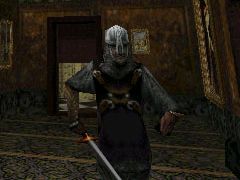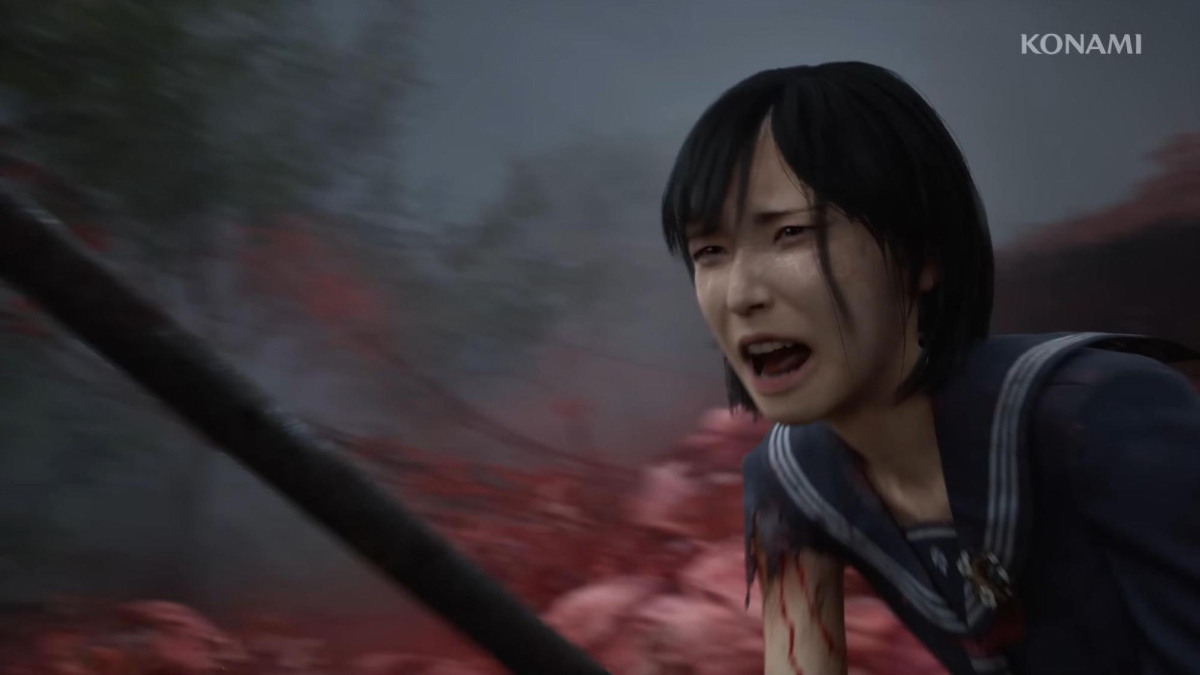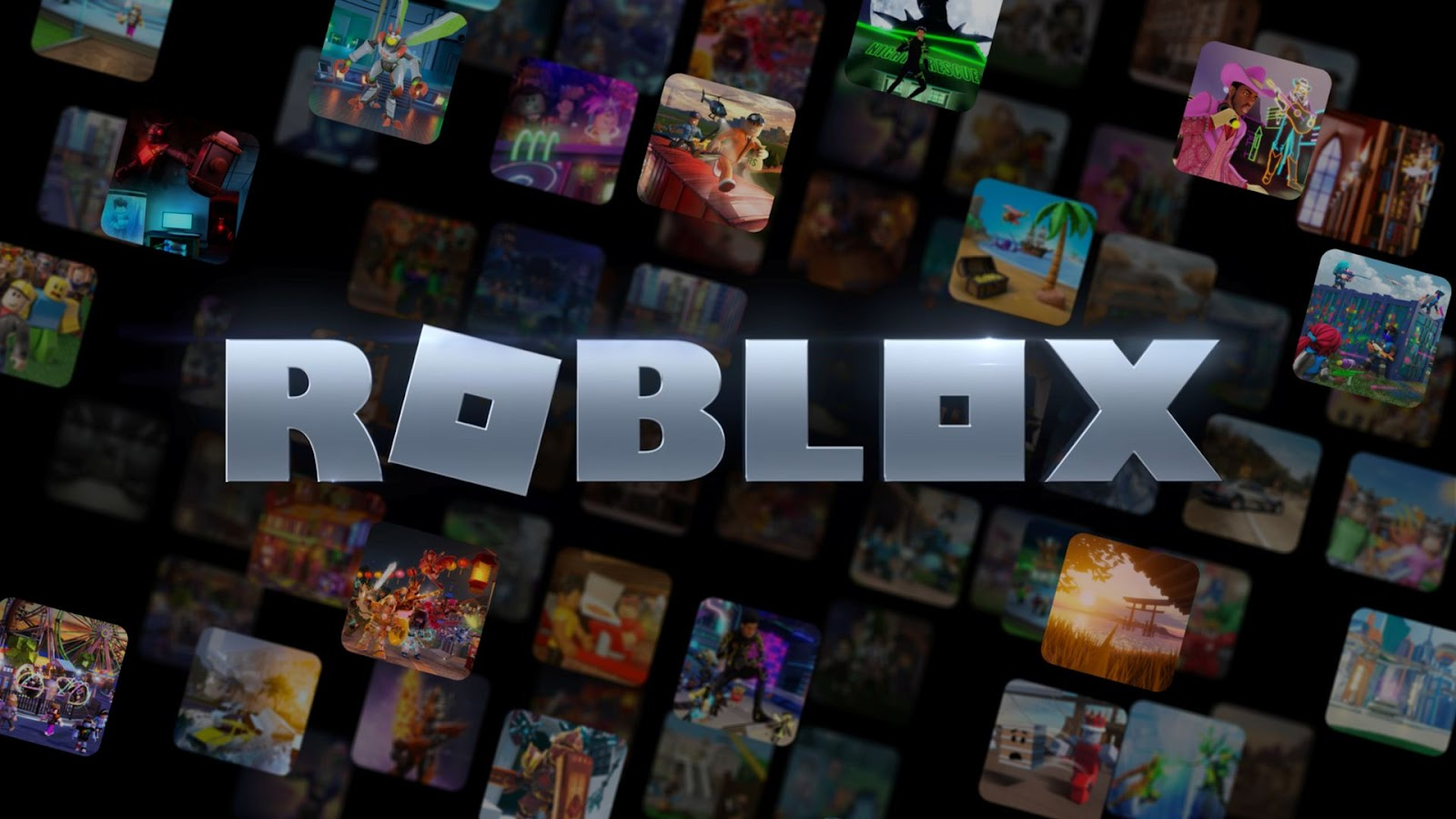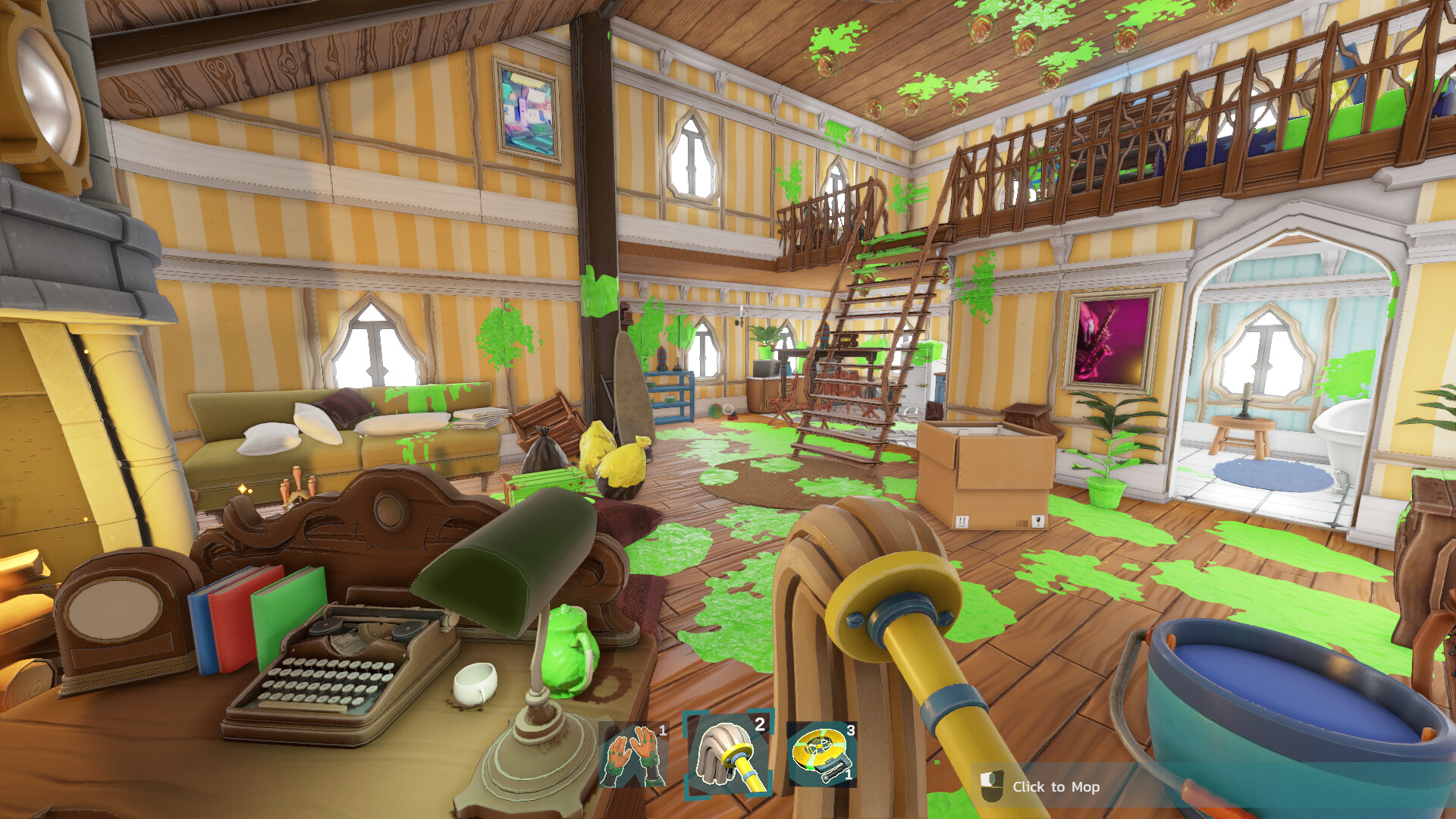You can trust VideoGamer. Our team of gaming experts spend hours testing and reviewing the latest games, to ensure you're reading the most comprehensive guide possible. Rest assured, all imagery and advice is unique and original. Check out how we test and review games here
Thief: The Dark Project emerged at a time of great divergence for first person games, a rich pre-millennium period where the established linear run ‘n’ gun formula was being radically reworked, with mechanics expanded and new groundwork laid. Thief, along with PC contemporaries Half-Life, SiN, Tom Clancy’s Rainbow Six and Jurassic Park: Trespasser – all released 1998 – saw dramatically varying degrees of success, but their shared influence has reverberated since. Alongside the PlayStation’s Metal Gear Solid and Tenchu: Stealth Assassins – also released the same year – Looking Glass Studios set the standard for 3D stealth, with revolutionary concepts pilfered, diluted and incorporated into countless subsequent releases.
Despite the abundance of indebted titles over 15 years down the line, Thief is an out-and-out stealth title in the truest sense, granting little leniency to hotheaded players. Combat is best avoided, potentially mission-jeopardising or fatal, as Garrett is easily outnumbered and outclassed. Thief is keen to reiterate that indiscriminate slaughter is the hallmark of a novice player – canonically, the Thief lineage features precious few deaths, and the top-tier difficulty level abides by this pacifistic plotline. Despite this, swordplay is nuanced and tactical, with a range of attacks and a fluid parry manoeuvre – having such attention lavished on a system that could remain untapped for the duration of play and should only be used as a last resort exemplifies the intricate detail on show.
Play requires a level of constant self-monitoring seldom seen before or since, with movement, visibility and noise-minimisation considerations just shy of a key binding to regulate breathing. The complexities of the stealth/detection system were ground-breaking upon release, and still stand up to scrutiny. Skulking in the shadows, Garrett is able to eavesdrop on conversations, gaining mission clues, deeper insight into the activity of the game’s factions, or enjoyment from the idle chit-chat of often bored, ineffectual and disaffected guards. The story is fleshed out further through notes and journals found scattered around.
Though late-90s limitations mean a curtailed scope and sparse population, the lootable streets wrapped around many mission centrepieces, coupled with patrolling, muttering NPCs bring The City to life: oppressive, malevolent, stinking. Thief revels in its squalor, with an early character’s death not by the sword, but due to spore-clogged lungs from being held captive in a damp cell. Second sequel and generational leap Thief: Deadly Shadows would introduce scurrying rats to the streets, but their presence is felt in earlier games even if they remain unseen.
Navigation is largely unaided, with players reliant on establishing landmarks and memorising shortcuts. Objective markers or waypoints are non-existent, while maps are vague, hand scrawled, often outdated or merely conjectural – based on “observation and hearsay” – with no indication of current location. Sprawling, warren-like, texturally repetitive environments can provoke disorientation: no more acutely than in a mission which sees Garrett infiltrate an eccentrically-designed, booby-trapped mansion featuring garish décor, upside-down rooms and forced perspective tricks capable of inducing nausea.
Though the proprietary Dark Engine now appears primitive and angular, it lives up to its name with the use of striking, amplified contrast – chiaroscuro as play, where pitch-black pockets become transitory havens and the stark, revealing glare of sconce-housed flames ranks high on the threat list. Ingeniously, Garrett can equip arrows carrying water vial payloads which extinguish torches, as well as wash away fresh blood spills (lest suspicion is aroused) or alternatively dispel undead foes with the help of a holy blessing. Much more than a mere ranged weapon, Thief’s bow can be outfitted with distractive noisemakers, climbable ropes and arrows capable of spawning carpets of sound-dampening moss, rendering hard surfaces traversable in silence.
Alongside an eye on the light meter – HUD centre stage – constant awareness (and wariness) of conditions underfoot is integral, with swift, clacking steps quickly drawing unwanted attention. Listening carefully for approaching NPCs is also vital, with headphones recommended – not only is tension heightened, but enemy proximity is more clearly gauged. Compounding the sense of isolation, the experience is largely devoid of music, a shrewd choice given the focus required – such intrusion would only serve to distract.
Ambient sound design is unsettling, channeling David Lynch and Alan Splet’s Eraserhead score – all drones, low-frequency rumbles, the hum and throb of The City’s archaic infrastructure. As the game progresses and Garrett digs deep into lava-charred ruins, ventures onto formerly-hallowed ground or into occult territory, disquieting reverberations, unintelligible whispering and anguished moans punctuate the atmospheres.
/https://oimg.videogamer.com/images/237f/thief_2.jpg)
With deft audio ramping up the fear factor, Thief regularly strays into the realm of survival horror – later missions instil overwhelming vulnerability, as Garrett fends off weird humanoid beasts with scarce ammunition. Some of the more outlandish enemies haven’t aged well, low polygon counts and stilted animation of the era diminishing intimidation – the pincer-limbed, cave dwelling Craymen look particularly goofy, reminiscent of South Park’s crab people, and while the reluctant, baby Godzilla-ish Burricks seem slightly incongruous, their attempts to flee combat and squealing, whimpering deaths evoke a particular guilt.
Intermission cutscenes remain potent, however – a heavily-stylised blend of stills, animation and live-action silhouettes. Each opens with a quote from one of the three factions in play, soundtracked with chanting and gongs, industrial clangs or arcane chittering depending on the contingent represented, and each is immensely creepy. Each unveils a little more about Garrett, too – a cynical, avaricious antihero, flirting with alliances if they serve some short-term personal gain, but ultimately motivated by the pursuit of loot.
Thief’s unforgiving toughness and intolerance to indiscretion takes some readjustment as a mollycoddled 2014 player, used to being spoon-fed objectives. Aside from darkness, the most powerful weapon in your arsenal is quicksave – missions are long and often convoluted, with one screw up unravelling hours of work at the higher difficulty levels. Input, too, leaves little margin for error, with a clutch of awkward precision jumps a hangover from a bygone age, while the painstaking degree of patience expected – hugging shadows, carefully observing patrol patterns, tailing unwitting foes, waiting for the slim window to pounce unseen, blackjack in hand – could dissuade casual dabbling.
With combat more or less eschewed, armaments barely improve over the course of the game. Sure, Garrett’s toolbox expands to include knockout gas and proximity mines, but a midgame sword upgrade serves only to decrease visibility when wielding. Go toe-to-toe with a couple of undead Hammer Haunts and chances are you’ll be made mincemeat of: evasion remains paramount throughout.
Following the 1999 release of Thief: Gold, a tweaked and expanded version of The Dark Project, a technologically-similar sequel followed in 2000. Thief II: The Metal Age delivered a stealth game of even greater purity, jettisoning the more cabalistic elements of its predecessor and further discouraging players from stepping into the light with automated security systems and more observant AI. Garrett now comes equipped with a reusable remote viewing orb, useful for tossing around corners and scouting ahead.
/https://oimg.videogamer.com/images/dc68/deadly_shadows.jpg)
The series stalled following the closure of Looking Glass Studios, but Thief: Deadly Shadows, developed by Ion Storm with many of the original team on board, was released in 2004. The intervening years heralded a huge presentation overhaul, with a dynamic shadowing system affecting play as much as aesthetics, and though it features a new city hub to explore between missions, pickpocketing passers-by, it falls victim to ambition exceeding realisation, as rife loading gates spoil flow and inadvertently make progress feel piecemeal, the open world seem constrictive.
Shortfalls aside, Deadly Shadows remains a worthy descendant, and special mention must go to the Shalebridge Cradle mission: a towering achievement both in terms of storytelling, and the anxiety-inducing power of games and their subversion – a distillation of society’s darkest fears made interactive, a synthesis of the most horrific urban legend tropes thrown at the player like a barbed wire curveball. But whereas the sequels may have refined the core concepts, 15 years later The Dark Project is still that same difficult, rewarding title it always was.






